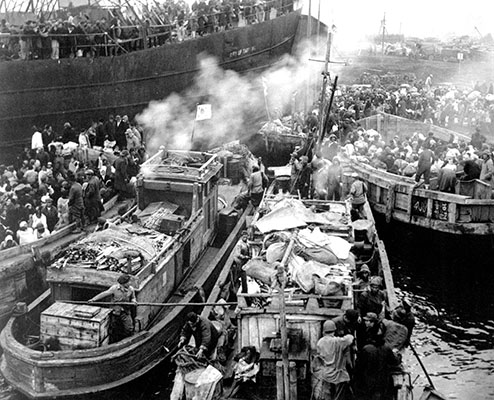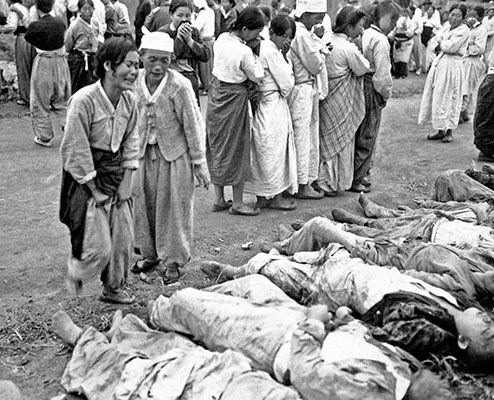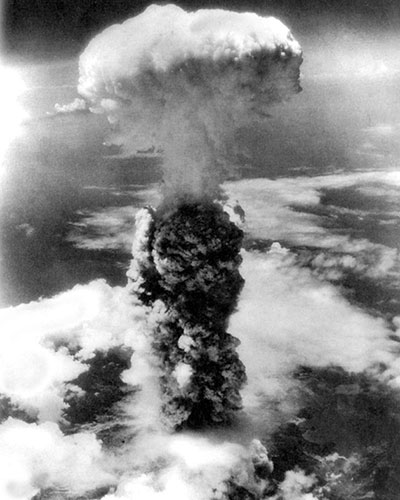DOWNLOAD
A career U.S. Army officer, Brigadier General Crawford F. Sams gained prominence by helping to rebuild the Japanese health system after WWII and leading a secret mission during the Korean War. These events, however, occurred towards the end of his career. After graduating from East Saint Louis High School in St. Louis, MO, he enlisted and served briefly during World War I. After the war, he worked as a laboratory assistant and junior research chemist before enlisting in the California National Guard in 1922 as a Private.
In 1925, he graduated from the University of California with a Bachelor of Arts in Psychology and received a commission as a Captain in the Field Artillery. Resigning after three years of service, he entered the Washington University School of Medicine in St. Louis, MO. He graduated in 1929 as a Doctor of Medicine, and accepted a commission as a First Lieutenant in the U.S. Army Medical Corps. He served in the Medical Corps for the remainder of his U.S. Army career.1


During WWII, Sams served in North Africa, Europe, and the Philippines, attaining the rank of Colonel (COL). In 1945, he transferred to Japan to serve as the Chief of the Public Health and Welfare Section, General Headquarters, Supreme Commander for the Allied Powers (SCAP) in the military government of occupied Japan.2 There, COL Sams immediately focused on preventing epidemics that threatened a malnourished Japanese population. He completely reformed the Japanese medical profession, established a country vaccine program, and greatly improved the calorie-poor diet.
By professionalizing the Japanese medical system to modern standards while freeing the population from persistent endemic diseases and malnutrition, Sams engineered one of the most transformative medical revolutions ever undertaken in a country. The military doctor expanded these practices to South Korea and was promoted to Brigadier General (BG) in 1948. When war broke out in Korea, General (GEN) Douglas A. MacArthur made BG Sams the Chief, Health and Welfare, United Nations Command, Korea as well.
In this capacity, BG Sams drew upon his experiences in Japan to prevent smallpox, cholera, diphtheria, and typhus from raging through the refugee population. This success had propaganda value because the ability to control epidemics was a “test of Communist versus democratic abilities … if we could control these diseases … and the Communists could not, it would be a direct and telling blow to the Communist propaganda … because we could show that literally the chances of dying under the Communist banner were far greater,” recalled BG Sams.3 Then, because of Sams’ acute familiarity with epidemics, GEN MacArthur selected him to lead a secret mission into North Korea.




